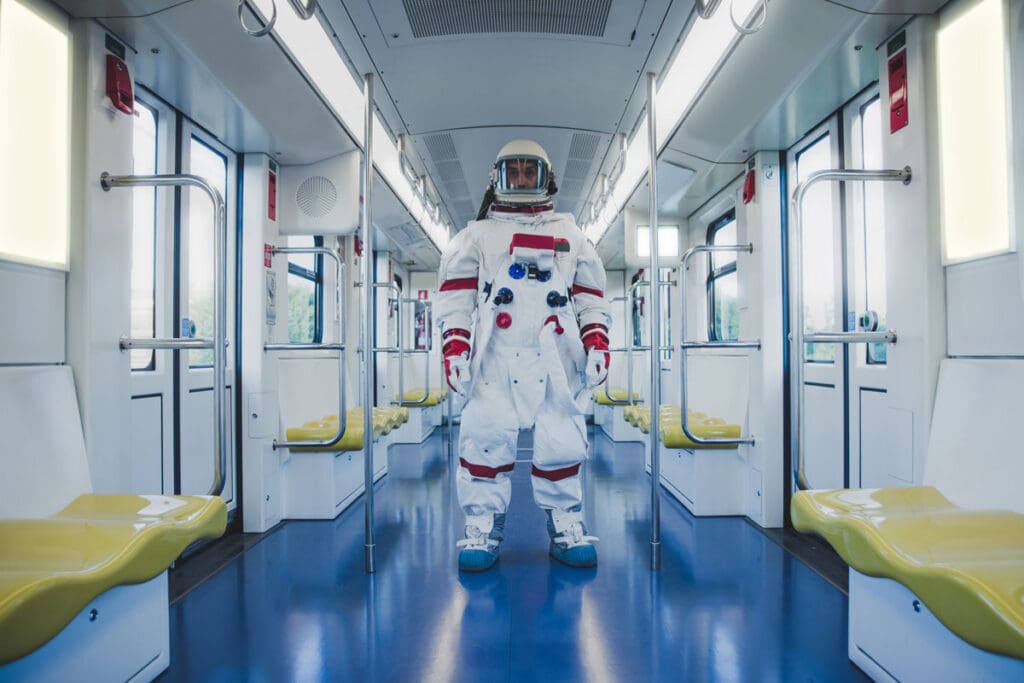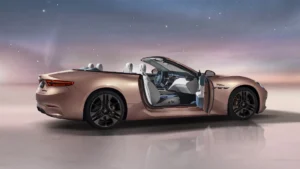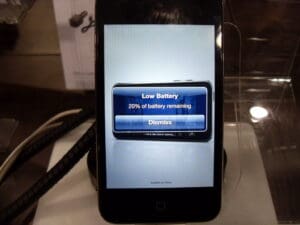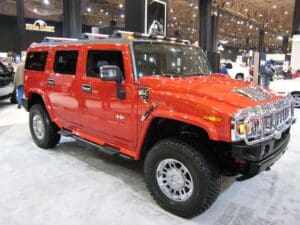
The Hazards Humans Face Living in Space
It’s not a matter of whether humans will build outposts on the Moon and Mars — in other words, live in space — it’s a matter of when. The United States is serious about developing an outpost on the moon. The Defense Advanced Research Projects Agency (DARPA) is already conducting a 10-Year Lunar Architecture (LunA-10) Capability Study for that very purpose.
Elon Musk, the founder of SpaceX, has long stated the company’s goal of colonizing Mars. In October 2023, Musk said the company could land a spacecraft on the Red Planet 3 to 4 years from now. SpaceX is also a collaborator, along with other major companies, in the LunA-10 study.
But amid all the optimism is a very unforgiving reality, operating in space is fraught with dangers. Scientists, engineers, medical professionals, and other experts are working hard to meet the challenges. Interplanetary travel will bring new challenges for human health and well-being. Some of the best minds in the world are working to find solutions, as well as to identify and anticipate unforeseen hazards.
Next, we’ll take a look at several known challenges that humans will have to overcome to live in space or at an outpost on the Moon or Mars.
Spaceflight-Associated Neuro-Ocular Syndrome (SANS)
On Earth, our bodies have to continually fight gravity to pump fluid to our heads. But in space, without gravity, the fluids pumped into our craniums won’t be pulled back down and will not fully drain. Fluids will pool in both the face and the skull. This condition is called Spaceflight Associated Neuro-ocular Syndrome (SANS).
Our bodies will resolve puffiness in the face after a few days and acclimating to microgravity. However, that does not occur for the cerebrospinal fluid surrounding the brain. This fluid can take months or years for the changes to reverse after long-term spaceflight.
Worse, this fluid buildup puts additional pressure on the brain, pushing it against the skull. In turn, the fluid-filled ventricles (cavities) within the brain expand. This exerts pressure on the eyeballs resulting in vision changes requiring glasses.
All the symptoms of SANS are still not fully understood. Effective solutions are still something researchers are working on. However, there are several ideas. These include creating artificial gravity. Having astronauts where specialized negative-pressure suits that will draw fluid from their heads.
Radiation Risks
On Earth, the planet’s magnetic shield — the geomagnetic field — protects all living organisms from cosmic radiation. This magnetosphere extends from Earth’s interior out into space, well beyond the orbit of the moon, according to the NOAA. About 60,000 kilometers sunward, according to the ESA.
However, outside this zone, highly charged particles of solar radiation or cosmic radiation can penetrate through the bodies of astronauts and damage cells. Therefore, with deployment in space, humans have an increased risk of cancer, radiation, and a host of other issues.
Currently, spacecrafts are shielded to mitigate the risk of radiation. Astronauts are also closely monitored for radiation exposure.
Longer durations spent in space increase the risk. Radiation can damage tissues in a way that could affect astronauts’ behavior, cognition, and general health.
However, travel to Mars could pose immediate radiation issues. Several potential solutions have been proposed. One is creating habitats that have an insulating layer of water. Water effectively blocks radiation.
Another solution is shielding habitats with a layer of regolith. Regolith includes dust, broken rocks, and other related materials. It is readily available on Earth, the Moon, Mars, and some asteroids.
A more controversial idea is to combine spacecraft shielding and biological protection. This would involve the use of gene editing on astronauts.
Related: What Does Space Smell Like? You Might Not Want to Know
Microbiome Dangers
The human microbiome is the aggregate of all microbiota that reside on or within human tissues and biofluids. Our microbiome includes complex cultures of bacteria, fungi, protozoa, and viruses.
Studies of astronauts who stayed on the International Space Station (ISS) found that the human microbiome becomes unbalanced in space. Researchers are still trying to understand the shift of the microbiome in low Earth orbit. Experts are concerned that it is likely that different alterations of the microbiome may occur during extended trips into deeper space.
For example, consider commensal bacteria that help instigate the body’s immune response. Cosmic radiation could increase the mutation rate of these bacteria. This may result in new and unexpected interactions between these bacteria and their human host.
Despite these concerns, simple solutions may prove to be effective. For example, maintaining a healthy diet combined with prebiotics and probiotics. A simple solution might be yogurt. Other solutions could be pills or fecal transplants.
Related: NASA Plans to Launch a Wooden Satellite Next Year
Protecting Humans From Themselves
Ever been on a long, uncomfortable trip with people or family in tight conditions? Certain situations can bring out the worst sides of people. In space, conditions are cramped, and you can’t pull over for a pit stop.
Understanding these issues in human nature, researchers are working on ways to prevent infighting. This begins with a thorough crew selection process. Finding people who can get along helps ensure travel harmony.
The standards, therefore, aren’t as simple as picking the most excellent astronauts. Assembling a cohesive crew is a matter of looking at the group’s dynamic as a whole.
This has made researchers study the complex nature of isolated groups. For example, running analog missions – simulations of living on the Moon or Mars – hosted on Earth.
Ultimately, no matter how cohesive a group may be, human nature always prevails. Frustrations are likely to occur when people are confined in a stressful environment for months on end.
Ideas that have long been a part of science fiction material – astronauts in a medical cooling or a hibernation state – are being seriously researched. Such studies are ongoing.
For now, space organizations will have to balance an astronaut’s talents with their ability to play a cooperative role and keep a cool head.









